I’ve always enjoyed photographing the night sky. Because space is a near and dear topic for us at OWC and the Rocket Yard blog, I couldn’t pass up the opportunity to try and shoot the SpaceX Crew Dragon as it approached the International Space Station.
When I showed the below picture to my colleagues, they asked if I wouldn’t mind writing a blog post describing what I shot and how I did it. I won’t pretend to be a writer, but if you enjoy photography or space, I hope you find it interesting!
It Begins!
The SpaceX Crew Dragon (CD) launched two astronauts into low earth orbit on Saturday, May 30th, at 3:22 pm EDT. It would take the CD about 19 hours to rendezvous with the International Space Station (ISS) orbiting 250 miles overhead at 17,100 mph.
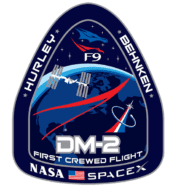
The ISS is easily seen with the naked eye in the few hours before dawn or after sunset – when the sky looks dark (here on ground level) and the spacecraft is in sunlight. Since the ISS goes around the Earth every 93 minutes, and the Earth is spinning 360° once a day, you can’t always see the ISS. You have to wait for the Earth and the ISS to be in the right positions – and have clear weather.
You can find the location of the ISS and viewing opportunities with a variety of programs and apps. On my computer, I use heavens-above.com, which can tell you all the details you need to see the ISS. This includes viewing opportunities, ground tracks, and sky charts. Somewhat surprisingly, you can easily see the ISS when it is 1,000 miles away! I often see the ISS from my vantage point near Woodstock, Illinois, while the ISS is over North Dakota, or north of Lake Superior, or over South Carolina.
I decided I would attempt to photograph the CD and ISS before they docked. Since the spacecraft are going about 5 miles per second, it’s very hard to get a “still photo” of them. And if you did, it would appear to be a speck only a few pixels wide – unless you had very specialized equipment (I do not). It is much easier to get a time-lapse photo that shows a streak or trail of the moving light(s) in the sky. Even photographing the ISS with a cell phone or ordinary digital camera can be easy, as long as you do a little work to make the resulting images worthwhile.
Shooting the “Crew”
When I checked heavens-above.com, I saw that I had a perfect viewing opportunity of the SpaceX Crew Dragon and the International Space Station starting at 10:23 pm on Saturday.

I put a full-frame DSLR with a 20mm wide-angle lens on my sturdy tripod and picked a spot in the yard that did not have any artificial light falling on the lens. I turned off autofocus, set the lens to the largest aperture (ƒ1.8) to get the shallowest depth-of-field, and used the camera’s LCD screen to focus on the moon manually. Simply putting your lens on infinity is not accurate enough because some lenses focus past infinity (who knew there was such a place?!). To ensure the focus stayed put, I used tape to keep the lens’s focus ring from turning.
I then composed the image in the camera’s viewfinder, being sure to include the area where the ISS was predicted to come over the horizon as well as some foreground elements for context and scale. I locked the tripod into position and set the camera’s white balance to “daylight” because the ISS is lit by the sun. I ignored my camera’s exposure meter, manually set the shutter speed to 30 seconds, and the aperture to ƒ2.8.
You may not want to photograph with your lens wide open because the maximum aperture is not the lens’s sharpest aperture. Stopping down a bit will give you a sharper image, but stopping down too much will make your image too dark. My lens has a maximum aperture of ƒ1.8, so I set it at ƒ2.8. I set my ISO to 100 and shot RAW files so I would have the maximum amount of image data to potentially utilize later in Lightroom (it did come in handy).
Just before the ISS was predicted to come over the horizon, I clicked the shutter button for the first 30-second exposure, and a few seconds later, the ISS came into view over the trees. As soon as the first exposure was complete, I took another and continued making a series of 30-second exposures until the ISS was well out of the frame because somewhere behind it, the CD was catching up. I was hoping to see the CD, but it was too dim with the naked eye. The moon was very bright, making seeing faint objects difficult or impossible.
A “Little” of Bit of Editing
I imported all the images into Adobe Lightroom, made minor uniform adjustments to them, and then exported the set of images into Photoshop as layers (all in one file). In Photoshop, I set all the layers to Lighten, which only uses pixels from a layer if they are lighter than the pixels on the layers underneath. The ISS trails on each layer combined to look like one continuous trail, with gaps only where the shutter was closed between exposures. Since the Earth is moving the whole time, the stars appear to streak too. They form arcs centered on the North Star, Polaris.

I was disappointed not to see an obvious SpaceX Crew Dragon trail. I looked closely all around the layered composite. I did find one small trail, not going in the direction of the star trails, that I first assumed was the CD. Using an iPhone app called PlaneFinder, I later identified it as a UPS Boeing 747 flying over Iowa at 39,000 feet. At that height, the horizon is 235 miles away, and the jet was only about 135 miles from my camera. It must have caught just enough reflection from the setting sun to make an appearance on my camera sensor. I deleted those otherwise useless layers from the composite.
Later, I pixel-peeped the images again in Lightroom and surprise surprise! I found the Crew Dragon’s trail! When I boosted the exposure on one of the frames shot after the ISS had left the frame, there was a faint trail parallel to the ISS route. I tweaked the image to keep the trail, but also keep the sky dark, and then exported it to Photoshop to add to the layered composite. Since that layer’s stars are brighter than the rest, all the stars appeared brighter, with more of them visible than on the other layers.
The stars visible on the boosted CD layer had short 30-second trails, while the stars visible on the nine ISS layers had trails 4.5 minutes long – with a bright 30-second trail at the end. Since the Crew Dragon’s trail was so thin and dim, I wasn’t sure it would be noticeable by the time it ran through the internet’s series of tubes. But if you look closely, you can see the CD’s trail from arrow point to arrow point in the picture.
So that is the summary of the process I went through to capture the SpaceX Crew Dragon and the International Space Station in the night sky. If you have any questions or comments, please feel free to share them in the comments section below, and I’ll do my best to respond!
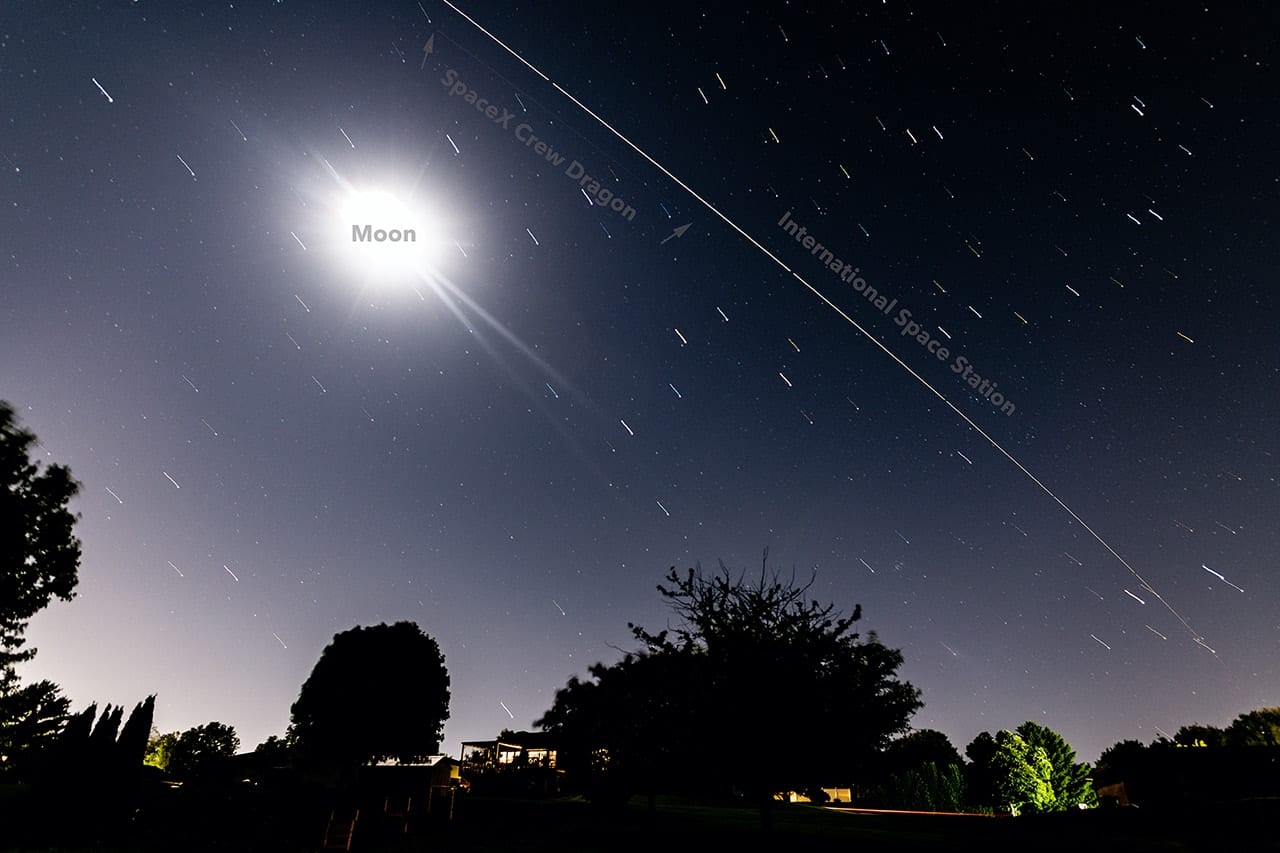
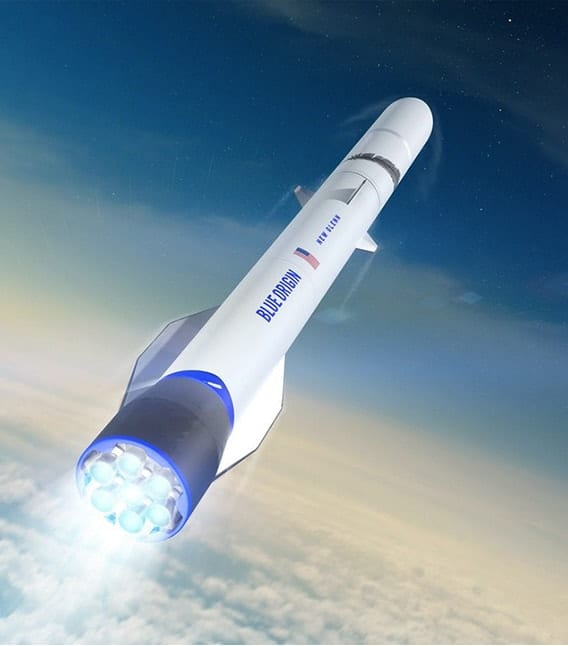
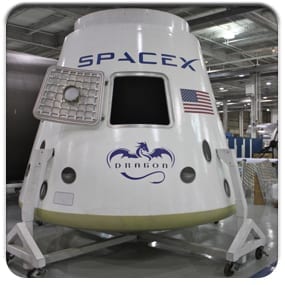
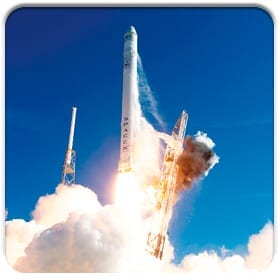
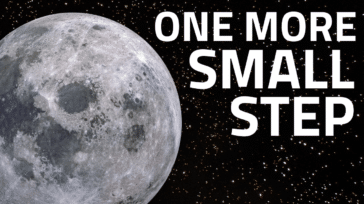

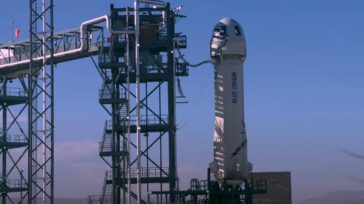
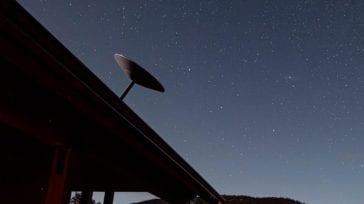


It doesn’t matter what model camera you use for astrophotography. It can be done with an old film camera or the latest digital camera. Of course there are specialized Astrophotography Cameras, which are designed to attach to a telescope and rely on a separate computer to operate; and there are “astro” versions of ordinary consumer DSLRs that are more or less sensitive to certain parts of the visible or invisible spectrum. But you don’t need an astro camera to shoot the ISS – even a basic DSLR camera with “kit” zoom lens will work.
I don’t use a telescope, tracking mount, or astro-camera. I use whatever camera I have for normal daytime photography.
Tom, That is amazing!!! Was great to read the techniques and look at the result!! Patent that picture, you could sell large prints. If you do please let me know, I want to get one!!!
Thank you for sharing!!!
Happy you wrote! Does it matter model of camera for astrophotography? Will there be followup for recommends on cameras, equipment, software, Macs?
Thank you for sharing this once in lifetime experience with us!
As a lover of night sky photography and space, congrats on a very cool shot and thanks for the process description, I learned a lot!
Thank you, for sharing